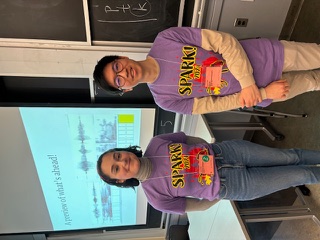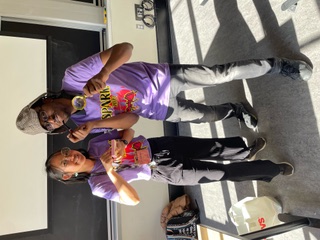Our emerita colleague Irene Heim has been honored as the recipient of the Rolf Schock Prize for Logic & Philosophy — sharing the prize with Hans Kamp of the University of Stuttgart, for their “(mutually independent) conception and early development of dynamic semantics for natural language.”
As described by the awarding organization:
“The Rolf Schock Prize is unusual in that it rewards both logic and philosophy, mathematics, visual arts and music. The laureates are selected through a unique collaboration between three Swedish royal academies: the Royal Swedish Academy of Sciences, the Royal Academy of Fine Arts and the Royal Swedish Academy of Music. The final decision is made by The Schock Foundation.”
The Schock prize is thus as close to a Nobel Prize as our field offers, a splendid and overwhelmingly well-deserved honor for our colleague. Not only did Irene lay the intellectual foundation for much modern work in semantics, she was also a key founder of the semantics program in Linguistics at MIT, and one of the field’s greatest teachers. You can read more about Irene’s contributions to semantics and to our department in the biographical sketch with which a 2014 volume honoring her work began, here: https://semanticsarchive.net/…/CrnicPesetskySauerland.pdf
Congratulations Irene! Your work enriches and honors us all.


